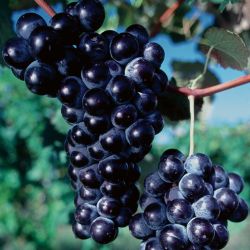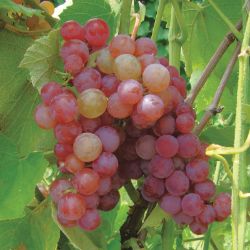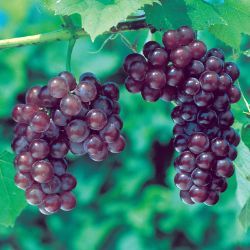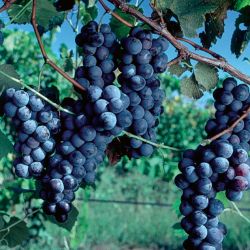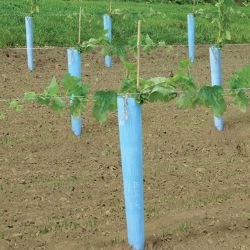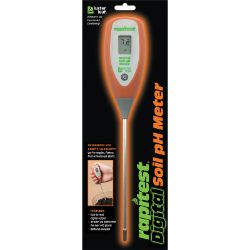Pruning Grape Vines
Pruning is very important in maintaining your plants good health. There are several reasons to prune: maintain the size and shape of the plant, stimulate for strong growth and overall fruit quality.
NOTE: This is part 8 in a series of 11 articles. For a complete background on how to grow grape vines, we recommend starting from the beginning.
Pruning
In late winter, from the third year on, your grapevine should be pruned severely. On each of the four “arms,” select a good pencil-size stem as the fruiting cane, trimming it back to keep about 8 to 10 buds. Near the base of each of these fruiting canes, leave a stubby stem with two buds to form next year’s fruiting canes. All other canes are pruned away. Keep doing this each year to maintain your vine in the very best of bearing condition. This pruning system may sound drastic, but it really works!
Muscadine: In late winter, the canes are cut back to leave only three to four buds above the horizontal main stem.
First Pruning and Second Season Growth
To ensure good fruit production, pruning of the past season’s growth should be done each winter when the leaves have dried and fallen off the vines and the plants are dormant between January and February. After the lateral shoots have been established as cordons, canes extending from them should be pruned back to spurs.
Second Pruning and Third Season Growth
In the winter after the second growing season, canes grown from the previous year’s buds should be pruned back to three buds per spur
Training
To start out the second year, begin training the vine on a permanent support. Make sure this trellis support is strong enough, because it will soon be holding up lots of heavy bunches of grapes. Select the best side canes to form the “double T” shape (see above diagram). This training is used in most vineyards because it’s the most productive. Your crop of grapes will be produced on new growth from 1-year-old stems, so it pays to keep old wood to a bare minimum. Muscadine grapes are more productive with a different type of training. A “single T” shape has a row of short, upward growing branches.
A good reference book, such as Pruning Made Easy, can answer questions and guide you through the pruning process.














